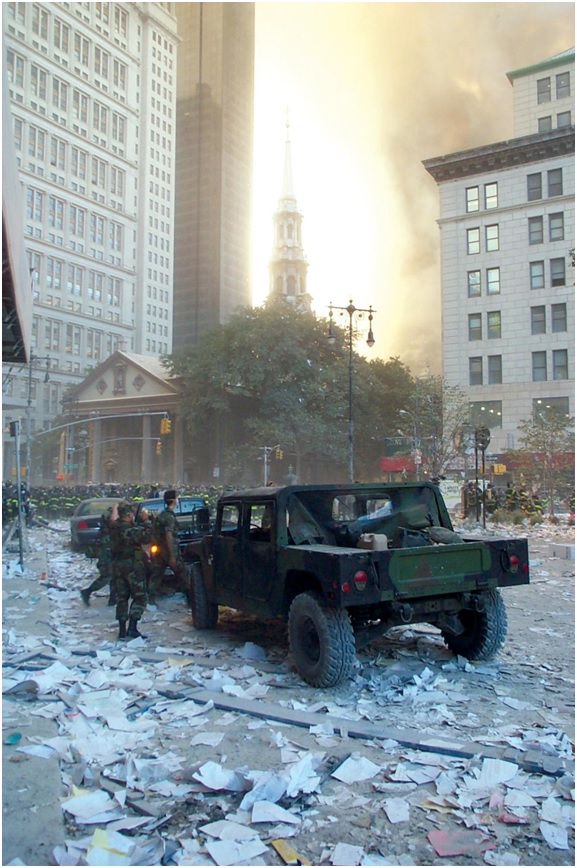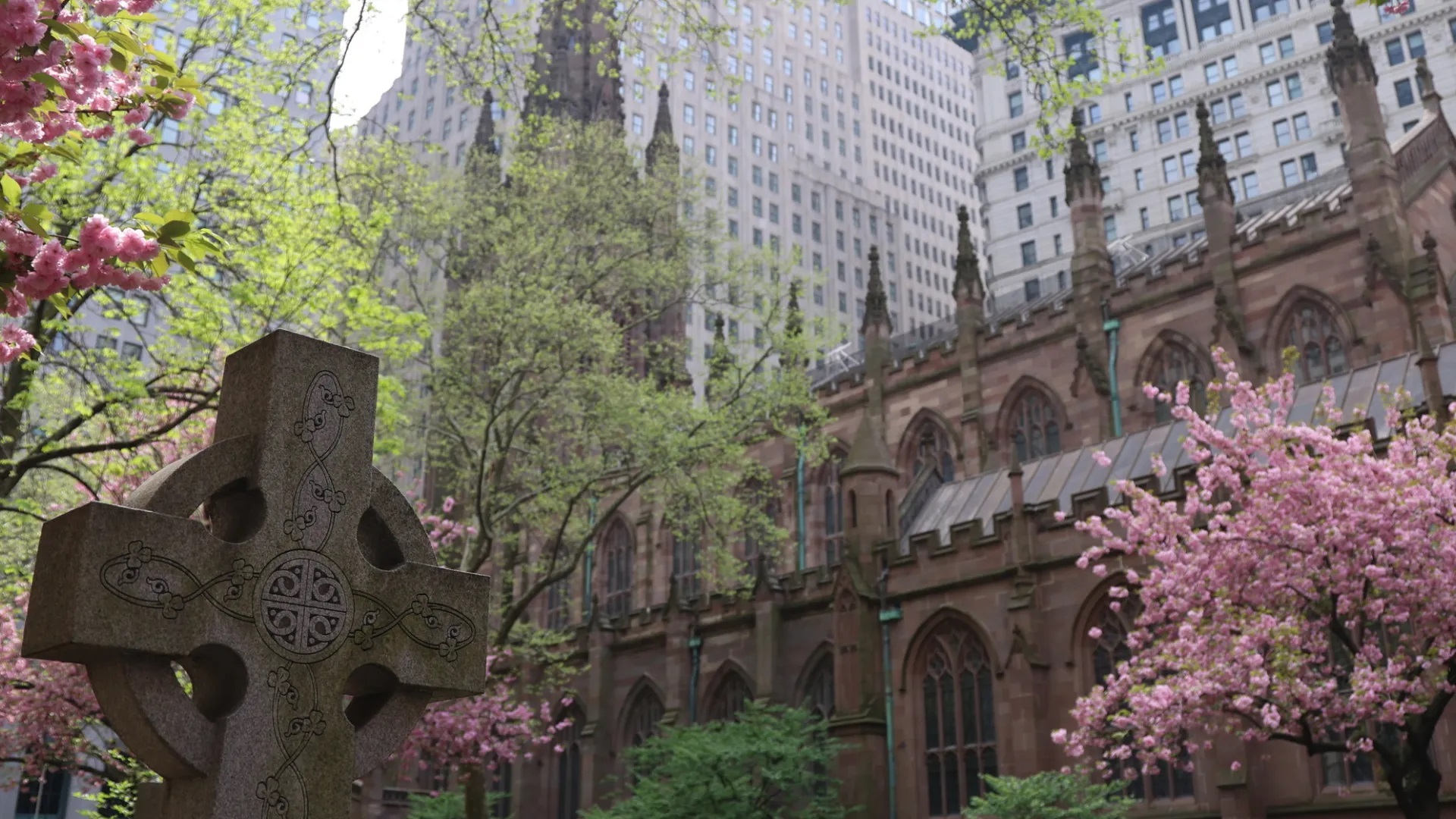by Fed Up Texas Chick, The Tenpenny Report:

September 11 is upon us once again, and we are solemnly reflecting on the anniversary of the most horrific attack on America. We call it Ground Zero – the site where the twin towers fell. But Ground Zero has a whole new meaning, forgotten in history.
In 1789, after a 1776 declaration of independence from Britain and 13 long years of creating a new nation, George Washington was inaugurated as America’s first president. At the time, New York City was the capitol city. It was there that that George Washington and both houses of Congress assembled at noon on the balcony outside the Senate Chamber for the inauguration of our nation’s first president.
TRUTH LIVES on at https://sgtreport.tv/
What is interesting, and lesser known, is what Washington and Congress did immediately after the
inauguration. Congress and the public accompanied Washington on a short walk, a ceremonial procession to St. Paul’s Chapel. The reason? To dedicate the new nation to God and to pray for divine guidance in forging the new country.
Fast forward in history to the 9/11 accident in 2001. The mainstream narrative tells us that the terrorists wanted to bring down the twin towers to show that America as the financial leader of the world could be brought to its knees. But the narrative we don’t hear is this: were the people responsible for 9/11 trying to also send another signal? Were they trying to destroy America at its foundation, at its true ground zero?
And that ground zero is not financial, but spiritual, because Washington dedicated the new nation to God on ground that today is literally at Ground Zero. (Jonathan Cahn discusses this theory in his excellent book The Harbinger.)
St. Paul’s Chapel is literally next to the World Trade Center, 0.2 miles walk as shown on the map below, courtesy of Google Maps. The church is literally right across the street from the World Trade Center. On September 12, 2001, the Rev. Lyndon Harris, arrived at St. Paul’s Chapel expecting major damage. He was amazed to find that not even a pane of glass was broken. When I read this on the church’s own website, it gave me chills. The exterior of the church was certainly covered in layers and layers of debris, but engineers inspected the building and pronounced it structurally sound.

Photo courtesy of Google Maps
It’s incredible. REALLY incredible. This little church that opened in 1766 still stood. And 2001 wasn’t it first brush with disaster. While the Great Fire of 1776 destroyed the nearby Trinity Church, St. Paul’s survived thanks to a bucket brigade that ran from the Hudson River up to the chapel’s roof to dump water on the building.
St. Paul’s is still open today; in fact, one million people visit the church every year. New York City has grown around the church, but that hasn’t stopped its mission of remaining a place of worship for everyone from presidents to immigrant communities of many faiths. Today, St. Paul’s is the only colonial-era church remaining in Manhattan, and the oldest public building in continuous use in the borough. Even during 9/11, the church opened its doors to rescue workers, police and firefighters who used the church as a place of refuge as a temporary respite from the arduous search for survivors. Over 3,000 rescue workers called St. Paul’s a place of refuge in 2001, and in February 2002, the church opened its doors once again to the public for Ash Wednesday services.
The point is that in 1789, our nation was dedicated to God. In 1789, these ceremonies were both joyous and solemn at the same time. Eyewitness accounts of the day talk about how humbled and grave Washington was: “Washington addressed the two Houses in the Senate chamber; it was a very touching scene, and quite of the solemn kind. His aspect grave, almost to sadness; his modesty, actually shaking; his voice deep, a little tremulous, and so low as to call for close attention; added to the series of objects presented to the mind, and overwhelming it, produced emotions of the most affecting kind upon the members.”
After the ceremonies of the day, Washington returned to his residence and dined alone for supper. I expect that most serious leaders would do the same, just to have a quiet moment to reflect on the enormity of the realization that he literally had a whole nation in his hands. How often did JFK have dinners like this? Donald Trump?
Read More @ TheTenpennyReport.com



